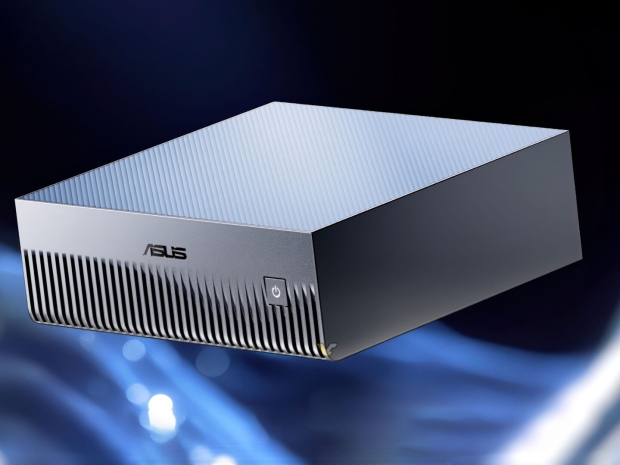Based on an invite flagged by VideoCardz, Nvidia will deliver a keynote outlining the DGX Spark software, but neither Asus nor Nvidia has confirmed price or general availability beyond that launch date.
The GX10 aims to blur the line between mini PC and compact AI workstation. It’s pegged around the GB10 superchip, with a 20‑core Arm Grace CPU (ten Cortex‑X925 plus ten A725 cores) and a Blackwell GPU delivering up to one petaflop of FP4 performance.
Asus’s General Manager of IoT and NUC Business Group KuoWei Chao said “AI is transforming every industry, and the ASUS Ascent GX10 is designed to bring this transformative power to every developer’s fingertips."
Specs include 128GB of unified LPDDR5X memory, NVLink‑C2C interconnect with five‑times PCIe 5 bandwidth, PCIe Gen5 slots, NVMe SSD storage, USB4 and even 200GbE ConnectX‑7 networking for clustering.
At CES Nvidia pitched the GB10‑powered Project DIGITS as a “personal AI supercomputer” capable of running models up to 200 billion parameters and configured with 128GB unified memory and 4TB of NVMe storage, all for around $3,000. Two linked systems can tackle models like Llama 3.1 with 405 billion parameters.
Server teams have reported real‑world Blackwell chips offer impressive speed. Reuters reported 2,496 Blackwell units trained a large model in 27 minutes, over three times faster than previous Hopper chips.
Geekbench leaks suggest GB10’s single‑thread performance sits in the same range as Qualcomm’s Snapdragon X Elite and Nvidia’s predecessor chips. That may matter to users relying on single‑core speed.

